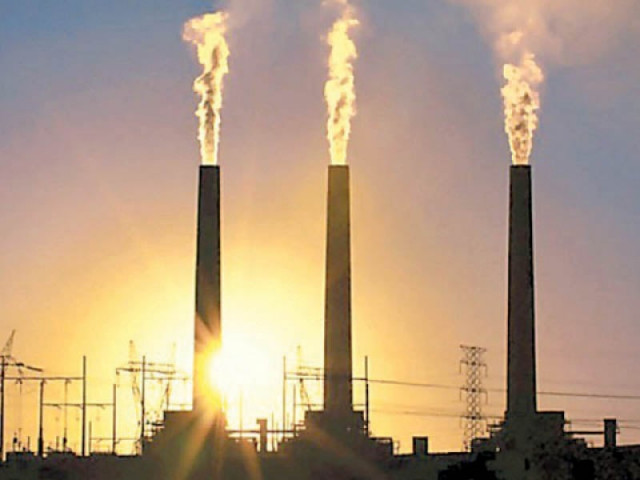
The premier gave the directive in a high-level meeting held on September 15.
Govt fails to fully utilise power plants
Earlier, Water and Power Secretary Younus Dagha apprised the meeting that at the time of clearing circular debt of the energy chain in mid-2013, the four power plants including 1,200MW Hub power plant, two units of 350MW each of the Nishat Group and 120MW Saba plant were running on furnace oil. They agreed and signed memoranda of understanding (MoUs) for consuming coal as fuel for electricity production.

However, he said, the power plants could not fulfill their commitment and the government was still buying expensive electricity from them.
Soon after coming to power in June 2013, the current government had released Rs480 billion to clear the circular debt which had been frequently disrupting production in the country’s energy chain.
Secretary to Prime Minister Fawad Hasan Fawad noted that with the completion of ongoing power projects, cheaper electricity would enter the national grid, squeezing 2,000MW of the four power plants out of the system.
He suggested that the water and power ministry should issue notices to the power plants to force them to go for coal-based electricity production.
He also pointed to complications that might arise while taking legal action in the light of MoUs and contractual agreements signed by the power plants. In that regard, he suggested that the Ministry of Water and Power should seek legal advice from the Law and Justice Division.
Govt to import gas exclusively for power plants
Participants of the meeting called for undertaking different measures including performance audit of the power plants.
Speaking about growth in electricity demand, Dagha pointed out that historical record showed that the annual increase in demand had not exceeded 4%. However, the current production estimate was based on an annual 5% rise in demand.
The prime minister gave directives that the electricity production estimate should be reviewed as consumption was expected to rise due to increase in industrial growth and economic activities.
Dagha told the meeting that keeping in view the realistic power demand and supply, the surplus would be 1,224MW in June 2018 and in case of high demand, the surplus would be 502MW.
He proposed that the growth in demand could be managed by increasing the duration of outages in areas where theft incidents were high and bill recoveries were low.
According to the new supply management plan for 2016-18 approved by the cabinet committee on energy on August 30, electricity outages would be brought down in urban areas from an average of six hours to three hours per day and in rural areas from eight hours to four hours per day from November.
When the current government came to power in mid-2013, power outages were the worst as consumers were enduring 13 to 14 hours of blackouts daily, which have now come down to six to eight hours with further reduction planned for November this year.
Published in The Express Tribune, October 14th, 2016.
Like Business on Facebook, follow @TribuneBiz on Twitter to stay informed and join in the conversation.


















COMMENTS
Comments are moderated and generally will be posted if they are on-topic and not abusive.
For more information, please see our Comments FAQ